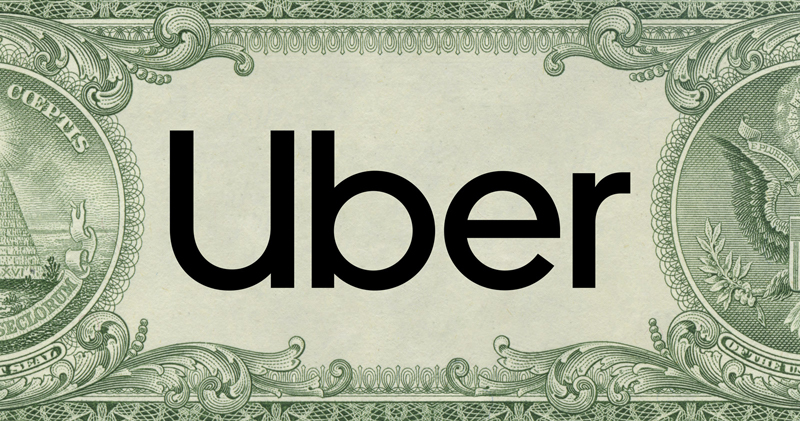The Uber IPO documents are finally here, and the much anticipated tech giant’s emergence into the public sphere shows just how competitive the delivery industry is for the third-party delivery firms —and for restaurants and retailers.
Ahead of the ride-sharing and logistics giant’s likely May IPO, Uber opened up the books and showed how much potential exists and how competitive delivery really is.
Outlining the industry for Uber Eats in a pre-IPO filing called an S-1, Uber pegged the overall off-premises addressable market (including home delivery, takeaway and drive-thru worldwide) at $795 billion. In 2018, the company reported $7.9 billion in gross bookings or topline delivery sales—1 percent of the global delivery market. Uber also projected that these orders would be less incremental as Uber Eats usage grew. “We also believe that home delivery can address a portion of the $2.0 trillion eat-in restaurant spend,” read the document.
Uber pointed to Euromonitor statistics that showed consumer spending on home delivery saw growth of 77 percent year-over-year since 2013—much faster than the 5 percent growth of consumer foodservice overall.
In 2018, Uber Eats gross bookings rose 164 percent over 2017, and revenue for food delivery increased 149 percent to $1.5 billion. But that growth mismatch offers a glimpse of how Uber Eats is changing as the delivery industry continues to grow.
The document highlighted Uber’s penchant toward brand partnerships that come with lower service fees than independent restaurant operations. That drove the take rate or income down to 10 percent in 2018 from 12 percent in 2017. For restaurant brands, that creates some hope they won’t have to pay the stiff fees they hear about, but it also shows that as these companies scale, there could be some big changes to the economics. It’s clear Uber is willing to cut fees to get those big partnerships locked in and likely lock Grubhub, Postmates and DoorDash out as they scale in their own ways.
Titanic Valuation, No Profit
Of course, any look at the S-1 wouldn’t be complete without looking at the economics of the company. And there is a big caveat for potential investors, like every third-party delivery company, Uber is woefully unprofitable. And Uber may get further from profitability as it pushes to scale ahead of competitors. According to the document, Uber expects “our operating expenses to increase significantly in the foreseeable future, and we may not achieve profitability.” The company reported operating losses of $4 billion and $3 billion in 2018 and 2017, respectively, and has an accumulated deficit of $7.9 billion. The company looks to generate an additional $10 billion for the company and billions more for equity holders when it officially begins trading at a nearly comically large $90 to $100 billion valuation. That would put the opening share price at about $95, well above rival Lyft, which began trading at $72.
Lyft is currently trading between below $60, a steep decline from the March 29 IPO. Analysts are slow to draw parallels between the two companies as Lyft is a pure-play ridesharing company whereas Uber is working on everything from food delivery to freight logistics and even virtual kitchens. But prominent analysts are quick to call the $100 billion valuation out as high, pegging the valuation anywhere between $50 billion and $70 billion ($50-$60 per share) based on the market and data in the S-1.
Regardless where the shares land, there will be a lot of Uber stakeholders cashing in when the big day comes. Even drivers are getting a taste of the action, according to the S-1, longtime drivers stand to get up to $10,000 when the company goes public. The big winners are Softbank with a 15 percent stake and Benchmark Capital with about 10 percent of company equity. Co-founders Garrett Camp and the ousted Travis Kalanick both have between 5 and 7 percent. The Saudi Arabian government has a 5 percent stake as well; just ahead of Google parent Alphabet. And then there is the slew of ground-floor employees and investors that will happily add “investor” to their Twitter bio in the coming month.
No matter where the shares go after the IPO, a public Uber will give the industry some much-needed transparency, adding to what Grubhub and Waitr are already showing the wider public.




